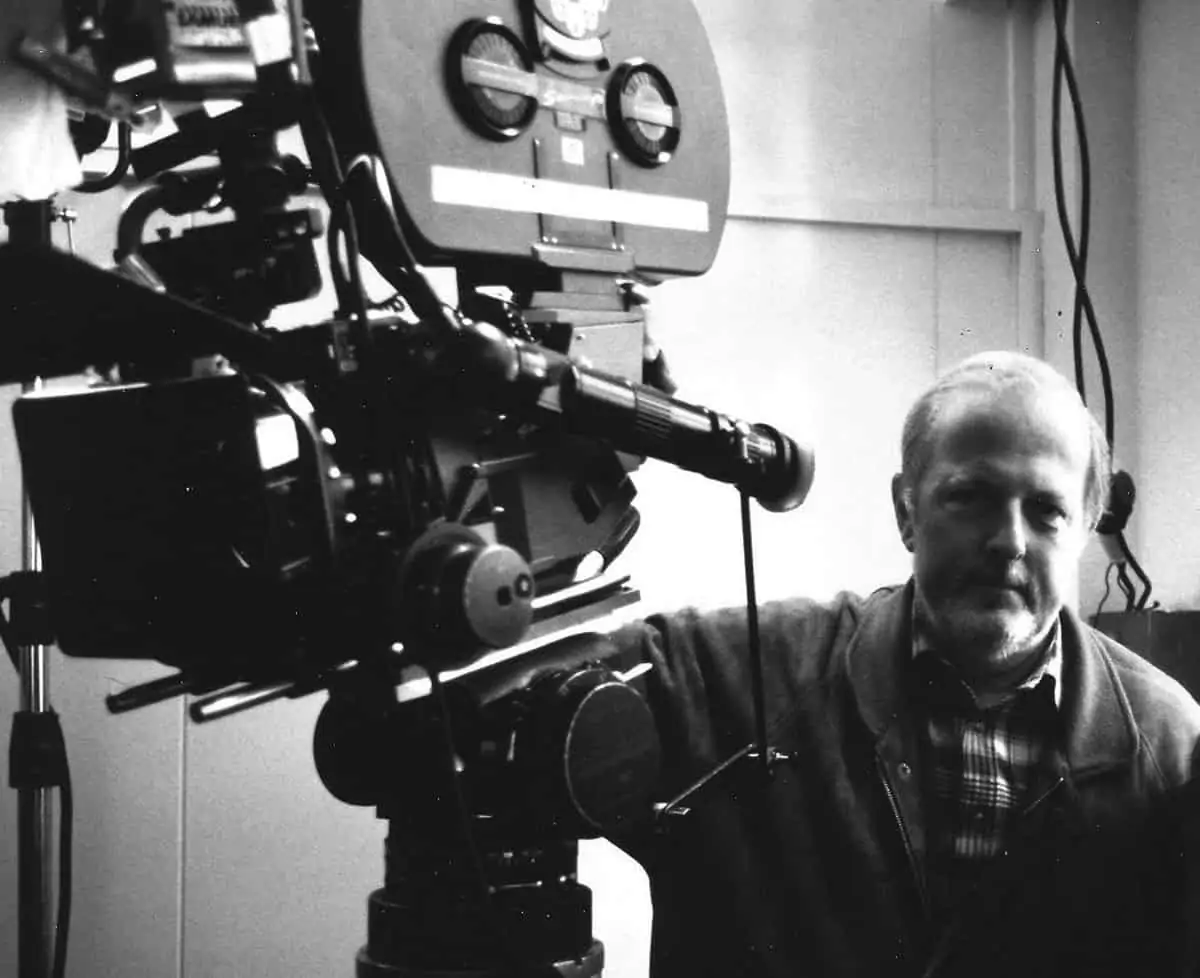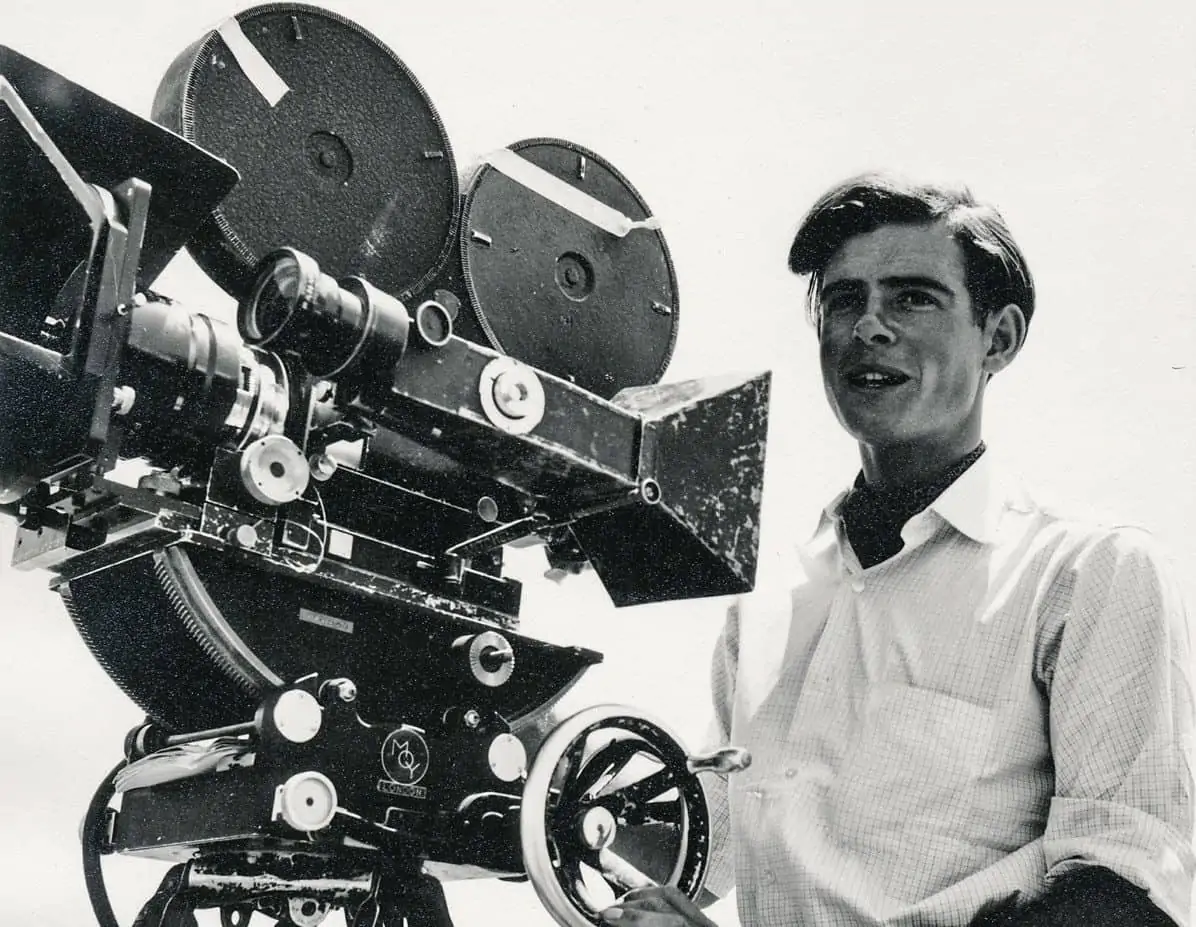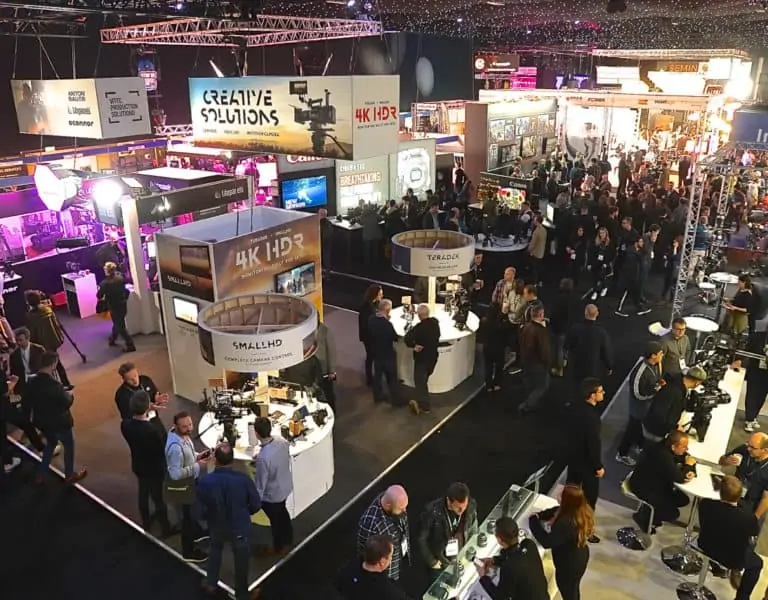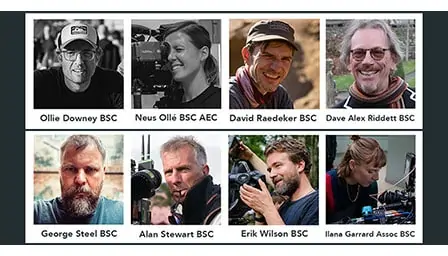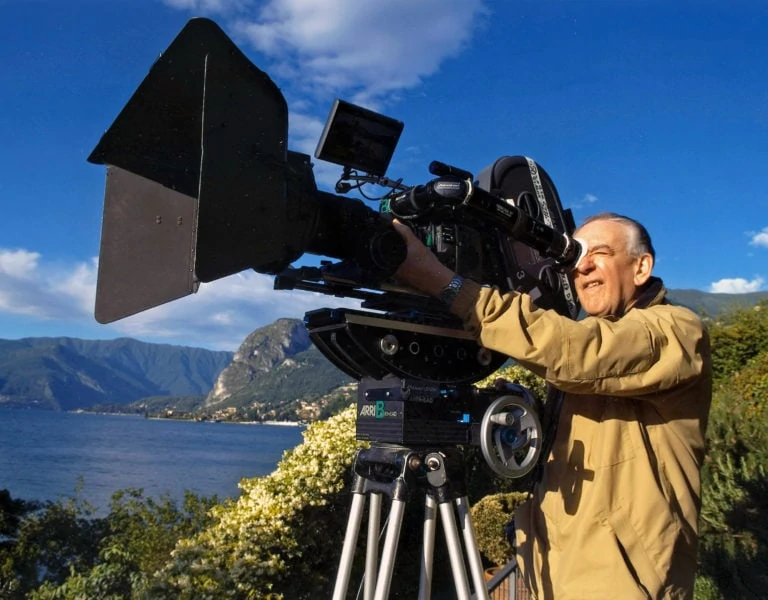Ruddy Good
Clapperboard / Robin Vidgeon BSC
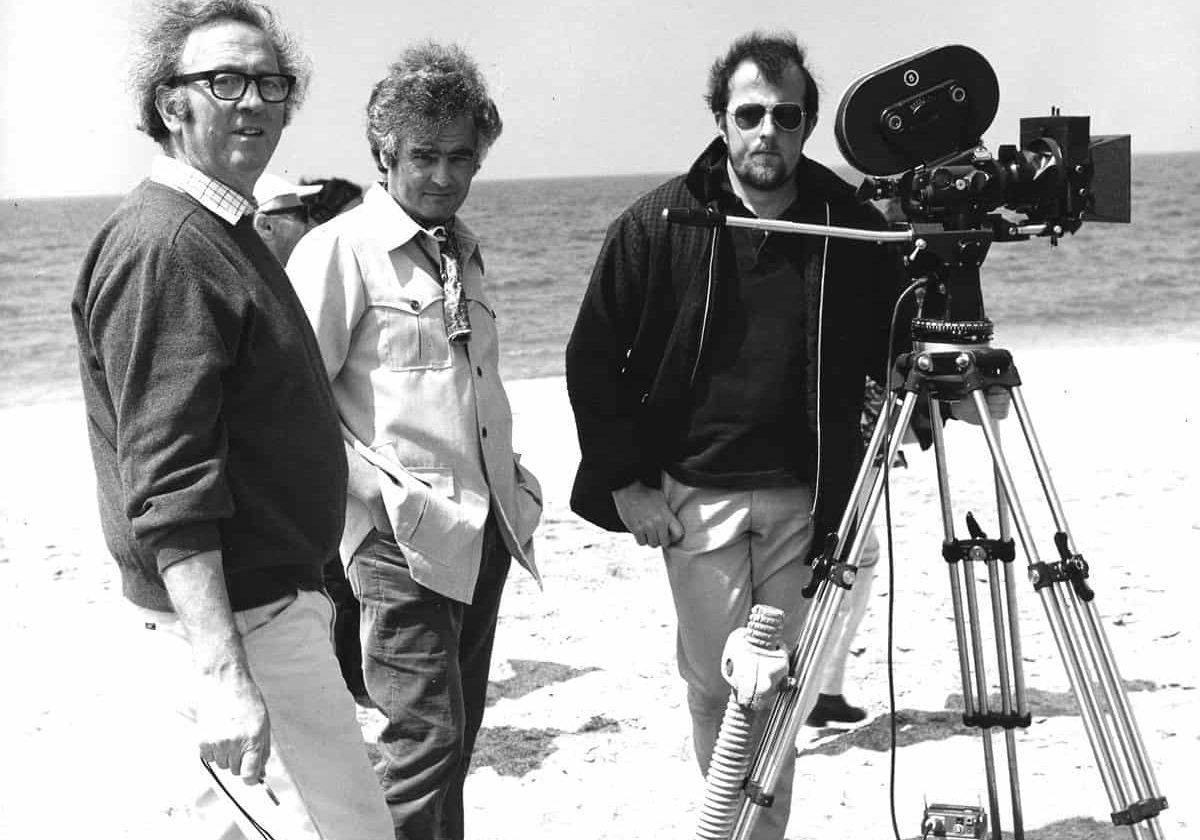
Ruddy Good
Clapperboard / Robin Vidgeon BSC
Honorary BSC member Robin Vidgeon is not shooting at present but teaches up and coming cinematographers, which he has been doing for sometime, previously between shoots. “I have been teaching at Ealing Studios on and off for over a year,” said Vidgeon. “Last year I did nine weeks and I’m about to start a six week course plus odd days. I have done odd days at Greenwich University and the London Film Academy. I have also taught at the Central school Brick Lane.”
Vidgeon, a BSC board member is also an archivist with the BSC photographic archives. Asked how he got involved he said: “I started it with the late Alex Thomson when we did his book Outstanding Stills. Alex asked if I would like to help him. He did all the writing and I dealt with the photographs. We now have a photographic archive of around two thousand stills and it is on going.”
Robin Vidgeon was born on 12 August 1939 in London and entered the film industry in 1956. “I never considered working in anything else,” Vidgeon said. “When I was a kid I had my own darkroom. When I was around ten I had a 9.5mm projector and was hooked very early.”
In 1960 he joined DP Douglas Slocombe BSC and his operator Bernard (Chic) Waterson on the low-budget horror movie Circus Of Horrors, directed by the late Sidney Hayers. This was the start of a long collaboration as Slocombe’s focus puller, ending on Spielberg’s Indiana Jones And The Temple of Doom. He then took up the meter working with notable people such as Ken Russell and Anthony Hopkins. Vidgeon said: “The first feature I was DP on was The Pentitent, shot in Mexico over eight weeks. I had been doing commercials, promos and a couple of TV dramas before that. Next came Hellraiser directed by Clive Barker. He also directed Night Breed. Clive had never been on a film set before. He is a renowned author of horror stories and while we were filming, his book agent came on set and signed a hefty cheque for his next three books.”
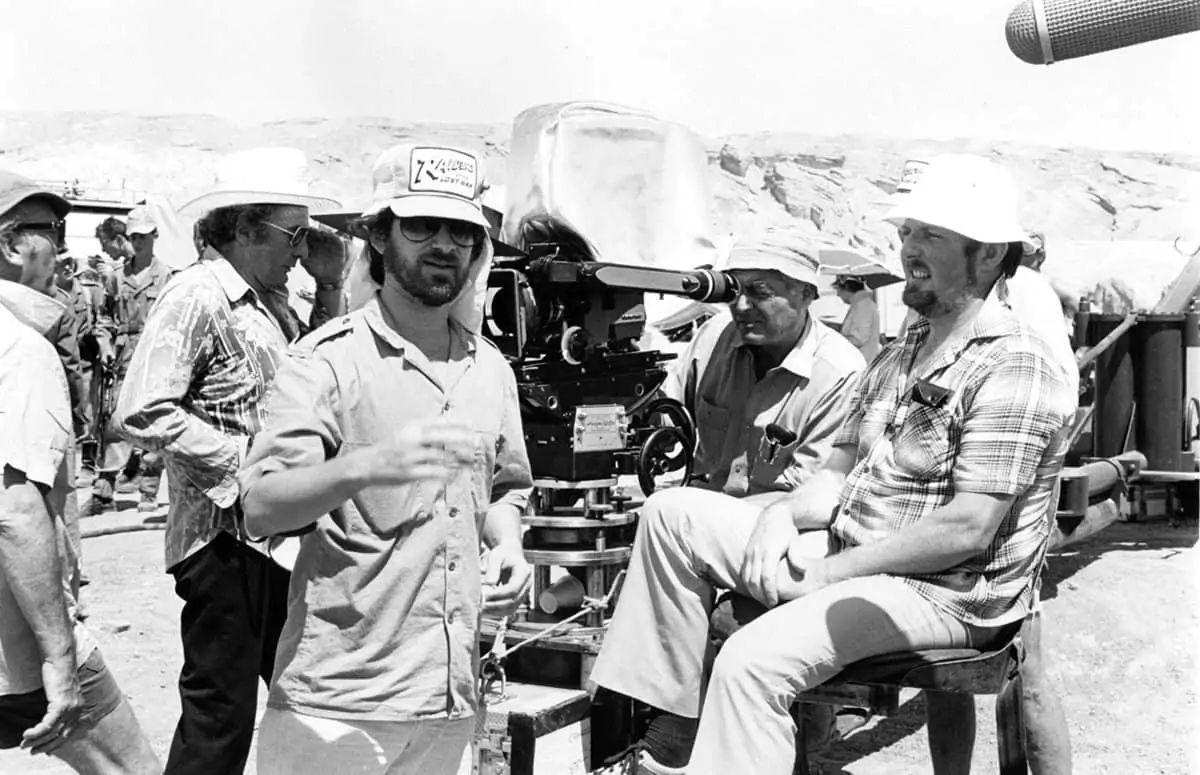
Were there special effects in Hellraiser? “There was no CGI work, it was all done for real. As it was shot in a house I had to try and make it look different all the time, like day, dusk, night and early morning. We had to black things out – you can’t move walls like you can in a studio. There were around thirty people working on it. It became a successful film so more money was put into the follow up Hellbound. On that we had a bigger special effects team.”
Which film stock did he favour? “I was always a Fuji fan to start with because I felt it was good that Kodak had some competition, but over the years Fuji have come on a par with Kodak. Agfa went down just after The Mission, which I did with Chris Menges. Just before The Mission they brought out a 250 tungsten negative which everyone said was fantastic. We used the stock for jungle shots because it was very good with greens. Shortly after, Agfa decided to stop producing motion picture negative.”
Asked which was his hardest as a DP he said: “I think Hellraiser. It was shot in an old Ewardian house, which had narrow stairs, narrow corridors upstairs, fairly small rooms and a small entrance hall. To light that for eight weeks and try and keep every scene fresh and a bit different was a challenge. Because we didn’t want to make it a static film, just close ups and wide shots, we laid tracks to track with people. We didn’t have steadicam then. It was around but very expensive. Every single shot was a challenge. Everywhere else I had space but that film was restrictive.”
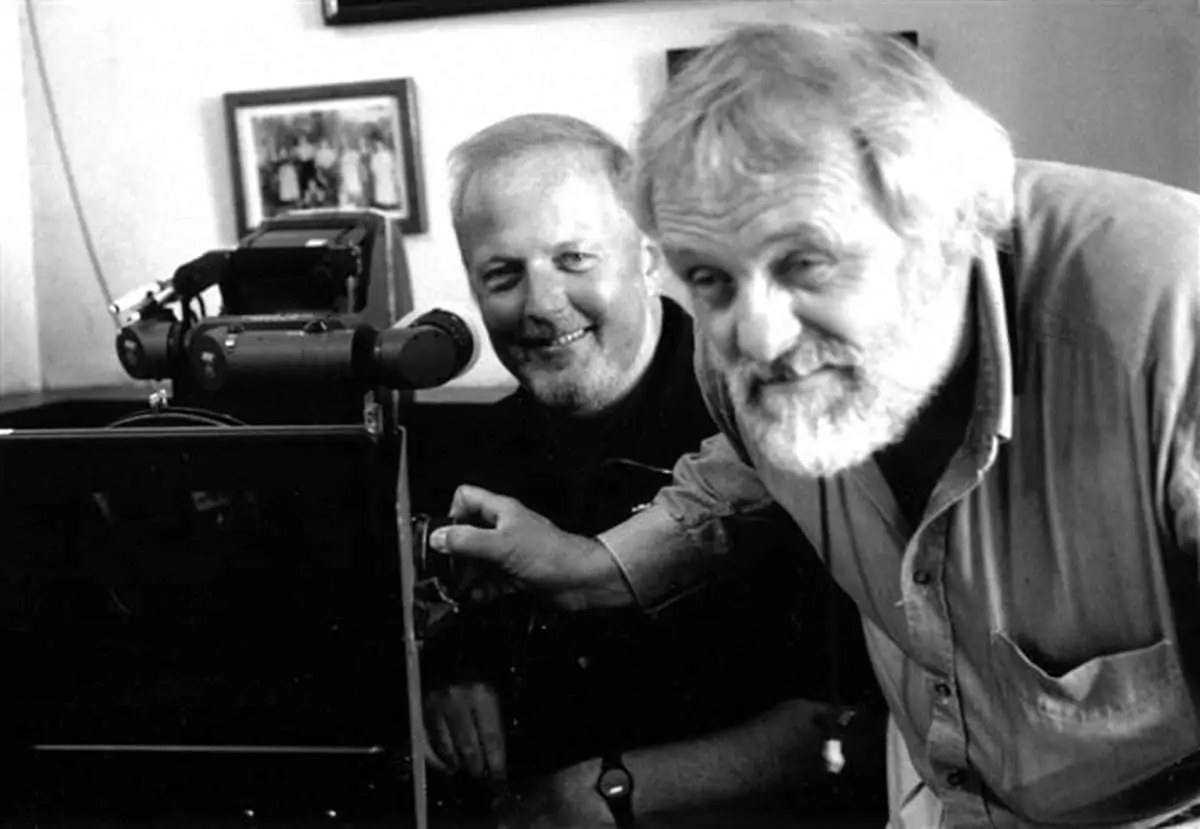
Does he have any industry heroes? “I admire Anthony Hopkins, I think he is extraordinary; I’ve loved all his work. The late Joseph Losey, who had a great eye for composition is another. He was a very quite man, he never raised his voice on set but inspired everyone around him. I also greatly admire Douglas Slocombe and Steven Spielberg. They enthuse everyone on the set.”
What film did he enjoy the most? “It was August with Anthony Hopkins. It was Hopkins’ first film as a director. He was like Clive Barker, such enthusiasm and a great sense of humour. I first worked with him as a focus puller on The Lion In Winter.”
Vidgeon has done a lot of TV work. Asked if he enjoyed it as much as features he said: “There is no difference. When I walk on to a set I don’t care what I’ve got behind me, I do the same job, I forget what is on the dolly. I look at a set and light it. The budget is different and there is more pressure in TV. On the Frost series we were doing between twenty-five and thirty set-ups a day.”
Vidgeon says that Frost was his favourite TV series. “I did seven of them and we worked from 8am – 7pm five days a week. Each episode took six weeks, which included preparation.”
Asked how he came to be an additional unit director on Event Horizon he said: “There was a problem with the second unit and I got a call to take over. I hate taking over because you don’t know what the politics are. I had ten weeks on that.”
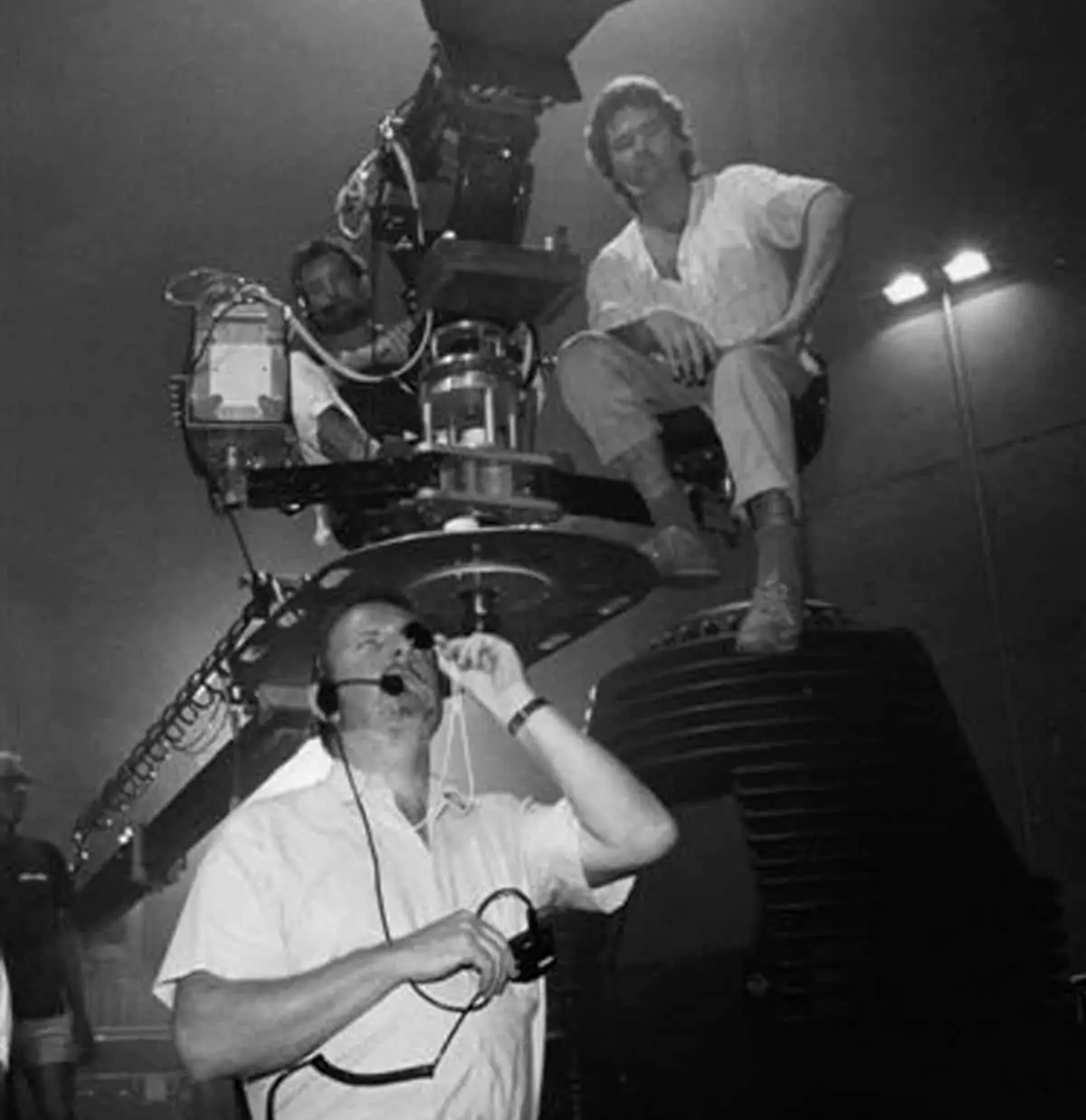
"I admire Anthony Hopkins, I think he is extraordinary; I’ve loved all his work."
- Robin Vidgeon BSC
How did he find directing? “I have done so many pictures with first time directors that you have to get involved with the directing side. I have worked with people such as Fred Zinnermann, Norman Jewison, George Cukor and Steven Spielberg. If you didn’t learn something from them you’d be stupid.”
On lighting Vidgeon said: “I go on to some sets and not one lamp is pointing at the actor, it’s all bounced light. I can’t do that I’ve been brought up to point the lamps and create depth. I can light a set in twenty minutes with soft light but then you spend two hours trying to stop the soft going where you don’t want it to go.” He adds: “Big pictures now have two or three cameras on every shot. Because you have a wide, medium and ultra close up for every shot the sound boys can’t put a mic in anywhere. Today a lot of work is done with radio mics which the sound people hate because the quality suffers.”
How long does he think it will be before everything is shot digitally? “It’s hard to tell but it could happen within the next five years.”
Finally Vidgeon said: “I have been really lucky in my time in the business. I owe over twenty-five years of experience to Douglas Slocombe. He was a great teacher and a great man to work with, as was his operator Chic Waterson. Douglas and I keep in regular touch and I see him as often as I can. He was a great person to watch and learn from. He was a very quiet man to work with and I never saw him lose his temper in all those years.”
